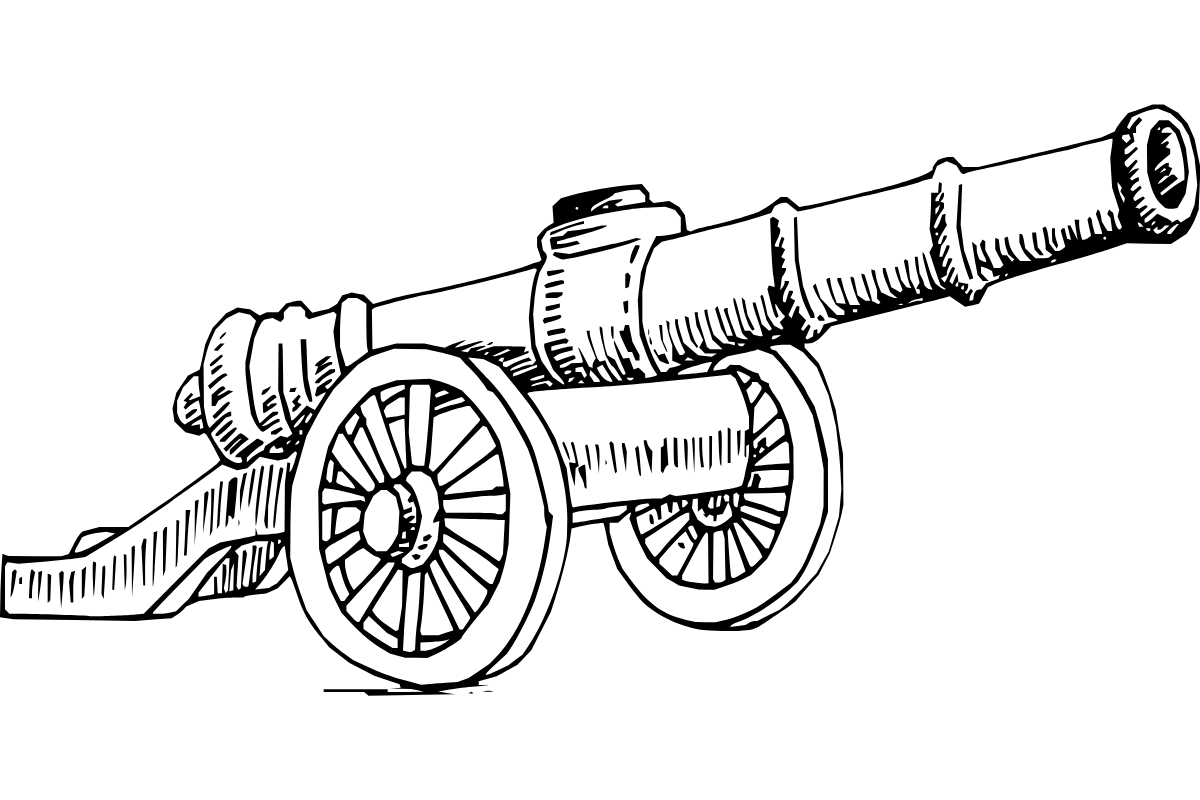I have heard many times that Champagne is not a real wine, that it has its place at parties, that it doesn’t reflect the land, that a region so dominated by commercialism could not make a wine of any REAL depth, and that this fizzy grape juice would be incapable of delivering a euphoric oenological experience the way a fine Burgundy, Bordeaux or Brunello (to name a few) could. Despite these beliefs being widely held, they simply aren’t true. Sometimes you just have to dig a little to find what you’re looking for……
In recent years the term ‘Grower Champagne’ has been circulating more and more, going from something only known about by wine geeks and trade professionals to now, the casual wine enthusiast and infrequent wine bar goer. People are now recognizing names like Agrapart, Vouette et Sorbee and Selosse. For all this newly found interest, are we getting more from these growers than what the Grandes Marques offer?
The Grandes Marques make some beautiful Champagne, but in the wine world we are convinced of the value of terroir – something that struggles to show through in wines that can come from anywhere in a 35,000 hectare region.

Wines from great growers are often made from grapes coming from a single village and many times even a single parcel. They set out to showcase the land they come from, whether chalk in the Cote des Blancs, clay and sand in the Marne valley or marl in the Aube. Although this approach of showing the terroir may be commonplace (though none the less special) in Burgundy and many other corners of the fine wine world, it is still something rarely seen in Champagne. This expression of the land, with care, attention and ingenuity shown when making the wine, can lead to spectacular things – wines with truly unique characteristics based on the village or vineyard from which they come. It is only right that the small pockets of this large region are able demonstrate in the bottle what makes them great.
As mentioned earlier, wine produced by growers is a fairly new thing in Champagne. For hundreds of years it was the norm for someone to grow the grapes, and another to buy them and make the wine. While this lead to the growth and popularity of the wines of this quaint region, reflection of the land and individuality of the wines faded into the background. Then in the last 30 years or so, things started to change. We began to see winemakers who wanted to show where they came from, and rather than just to produce another bottle of AOC bubbly. They set out to make exciting, energetic and often unforgettable Champagne.
Champagne like that of Pierre Peters, who allow their wines to go through full malolactic, leading to wines that are big, chewy, and amazingly age-worthy – the kind you almost need a seat for!
Hubert Paulet in the village of Rilly-la-Montagne synonymous for it's chalky terroir. Showcasing the particularities of their soil in every bottle. Sharp and focused, with sublime minerality – wines that could wake you from a coma! And all the while, a beautiful reflection of the terroir.
Varnier-Fanniere, in the Grand Cru village of Avize, crafts Chardonnay with a wonderful combination of tension, chalky mineral notes, and a polished, seamless texture.
Frederic Savart in the tiny village Ecueil, with his splendid use of oak, makes wines that are so rich, powerful and saline, they almost bring a tear to your eye!
These are just some of the growers who are making wines that are unique and make a statement, not just about how they were made, but where they’re from, the care taken with the land, and giving these grapes a chance to show what they are all about. It’s Champagne from these producers, and producers like these, that could make anyone passionate about wine.



